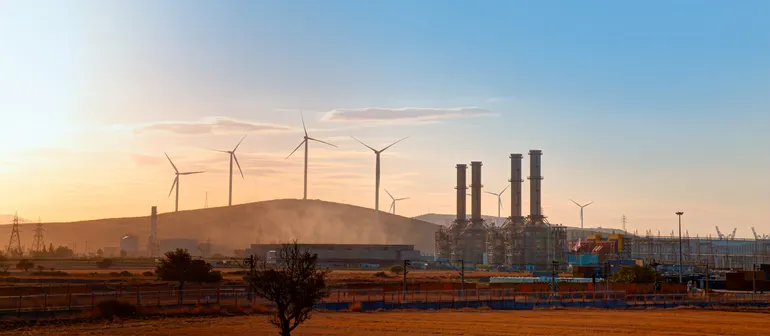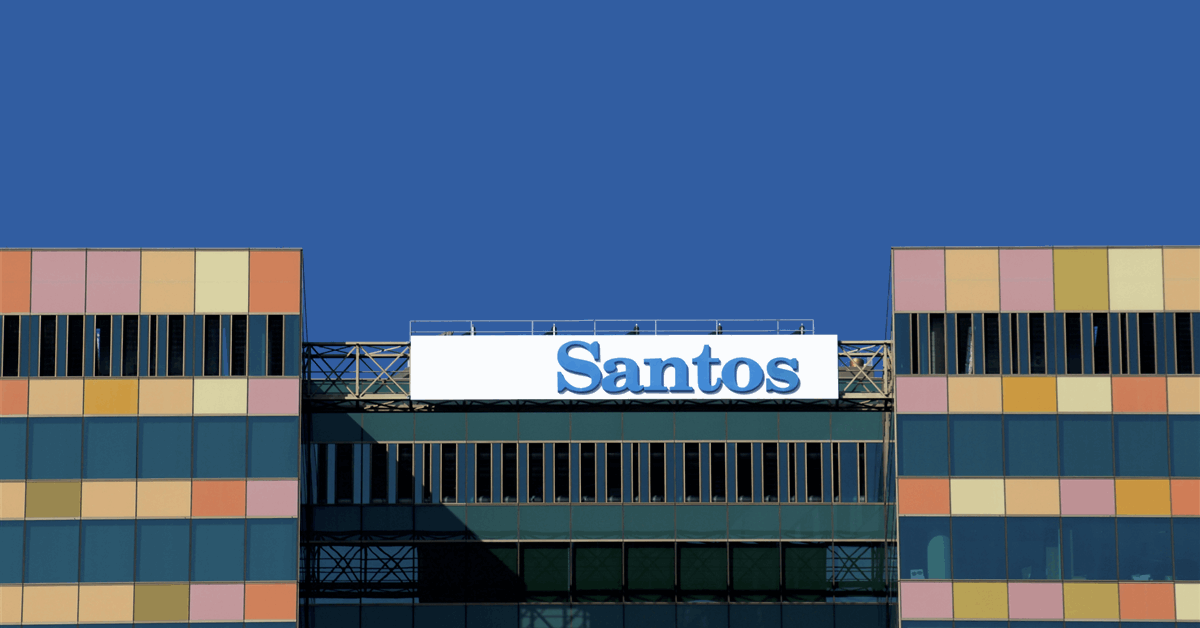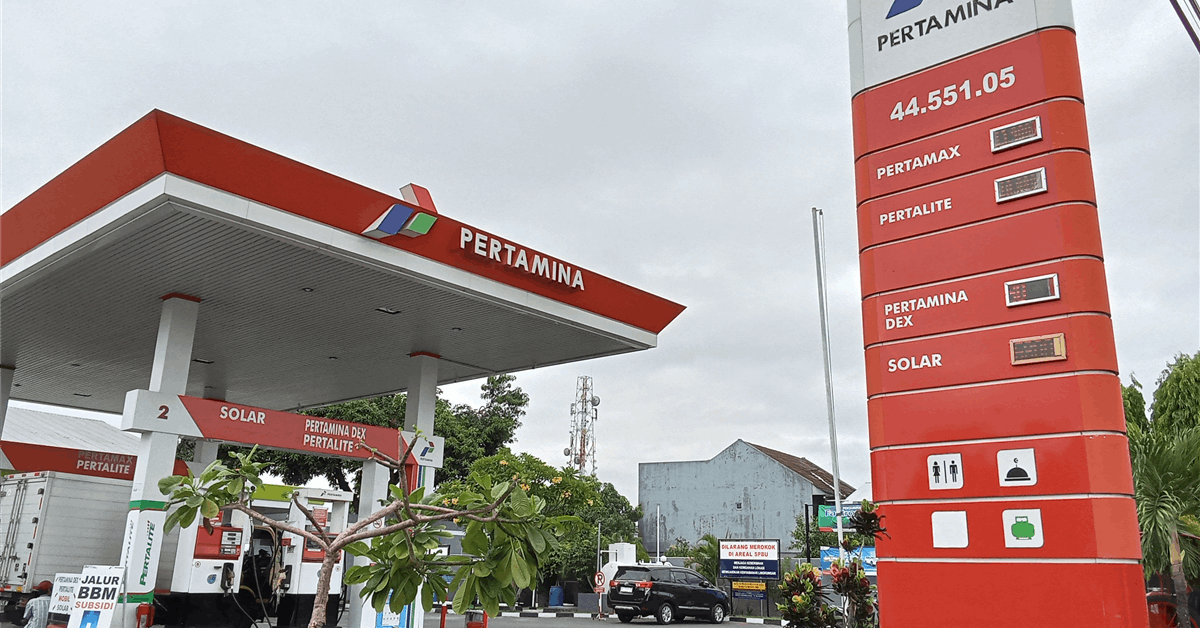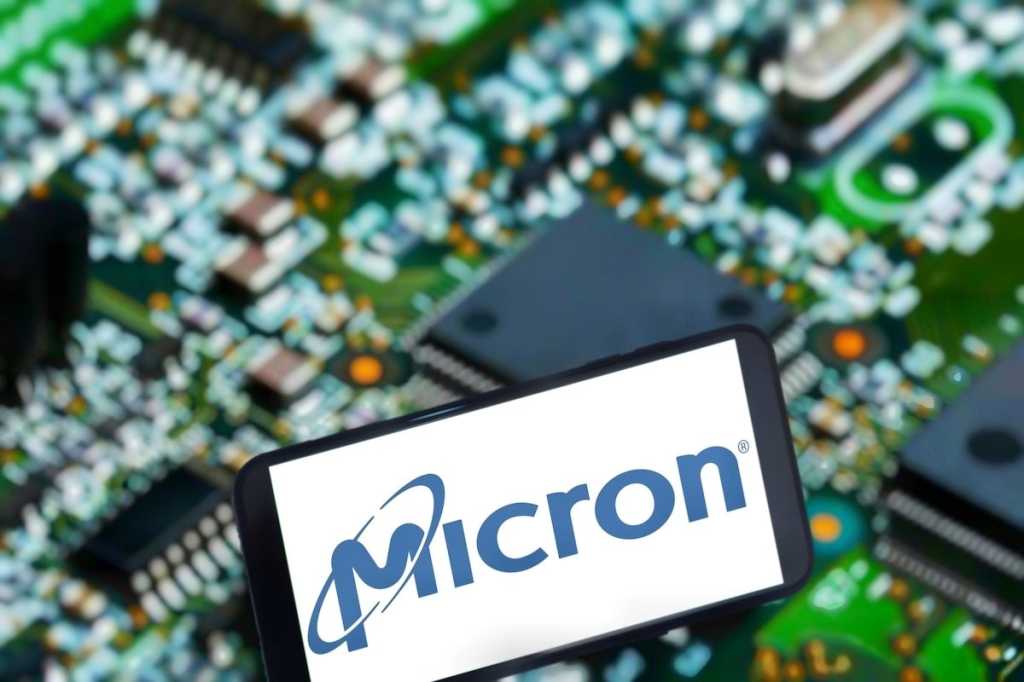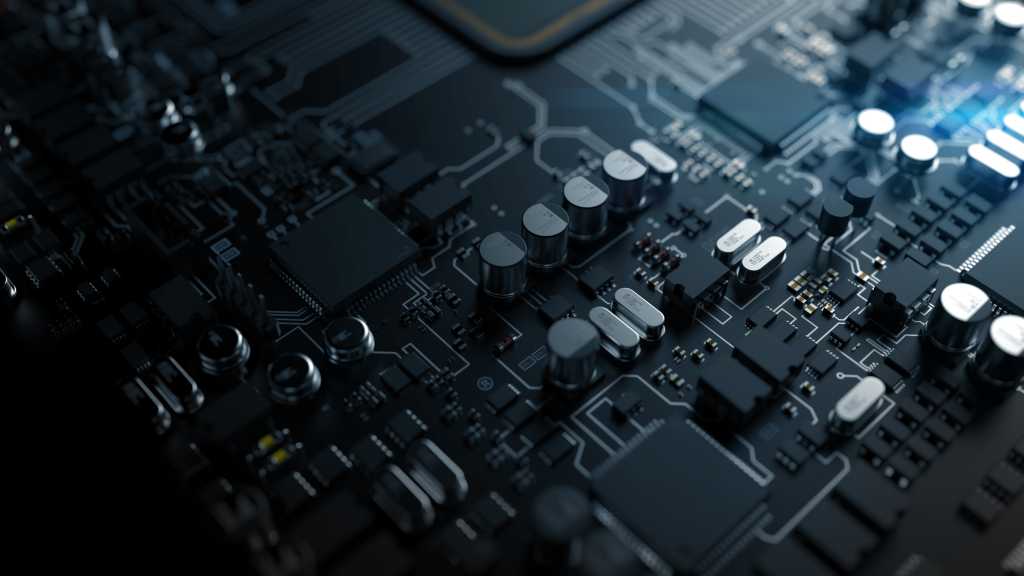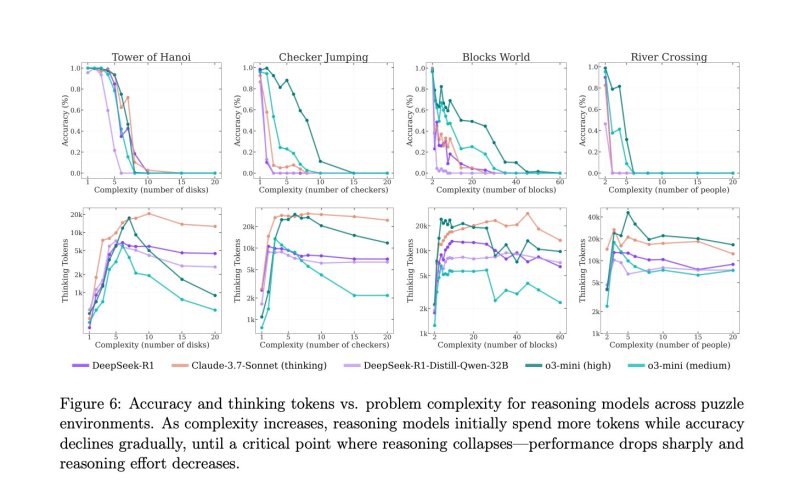
TotalEnergies SE’s Saft will deliver a battery energy storage system to Gurīn Energy Pte. Ltd. for a project in Fukushima, Japan. TotalEnergies said in a media release Saft will deliver a fully integrated lithium-ion (Li-ion) battery system with a total of over 1 gigawatt-hour (GWh) of storage, together with power conversion and power management systems from its partners, as well as Saft’s I-Sight cloud supervision and data management systems featuring AI-based functionalities.
“Asia is a critical region for the sustained, long-term growth of Saft’s ESS business”, Vincent Le Quintrec, Saft Sales and Marketing Director for Energy Storage Systems, said. “Saft’s proven long-term record in lithium-ion Battery Energy Storage Systems, together with Gurin Energy’s ambition in renewable project development, will play an important role in Japan’s energy transition”, Le Quintrec added.
The BESS will also be installed, commissioned, and serviced by Saft, TotalEnergies said. The BESS will be deployed at a stand-alone energy storage project to be built in Soma City, Fukushima Prefecture. The project will be capable of providing over 240 megawatts (MW) of power for four hours. Construction is expected to begin in 2026.
Large-scale energy storage systems store and release electricity to help grid operators better balance demand and generation, TotalEnergies noted. Adding storage will ensure Japan has a stable energy supply and can maximize renewable energy use, aiding its goal of 40-50 percent renewable energy by 2040, up from 27 percent, and carbon neutrality by 2050.
“At Gurin Energy, we’re on a mission to accelerate the energy transition in Asia, and we do this by developing projects that strategically advance the renewable energy landscape in the region. Our project in Soma City, Fukushima Prefecture is a groundbreaking project that will substantially contribute to the flexibility of the local, regional, and national power grids”, Ushio Okuyama, Country Manager for Japan at Gurin Energy, said.
To contact the author, email [email protected]
WHAT DO YOU THINK?
Generated by readers, the comments included herein do not reflect the views and opinions of Rigzone. All comments are subject to editorial review. Off-topic, inappropriate or insulting comments will be removed.
MORE FROM THIS AUTHOR





